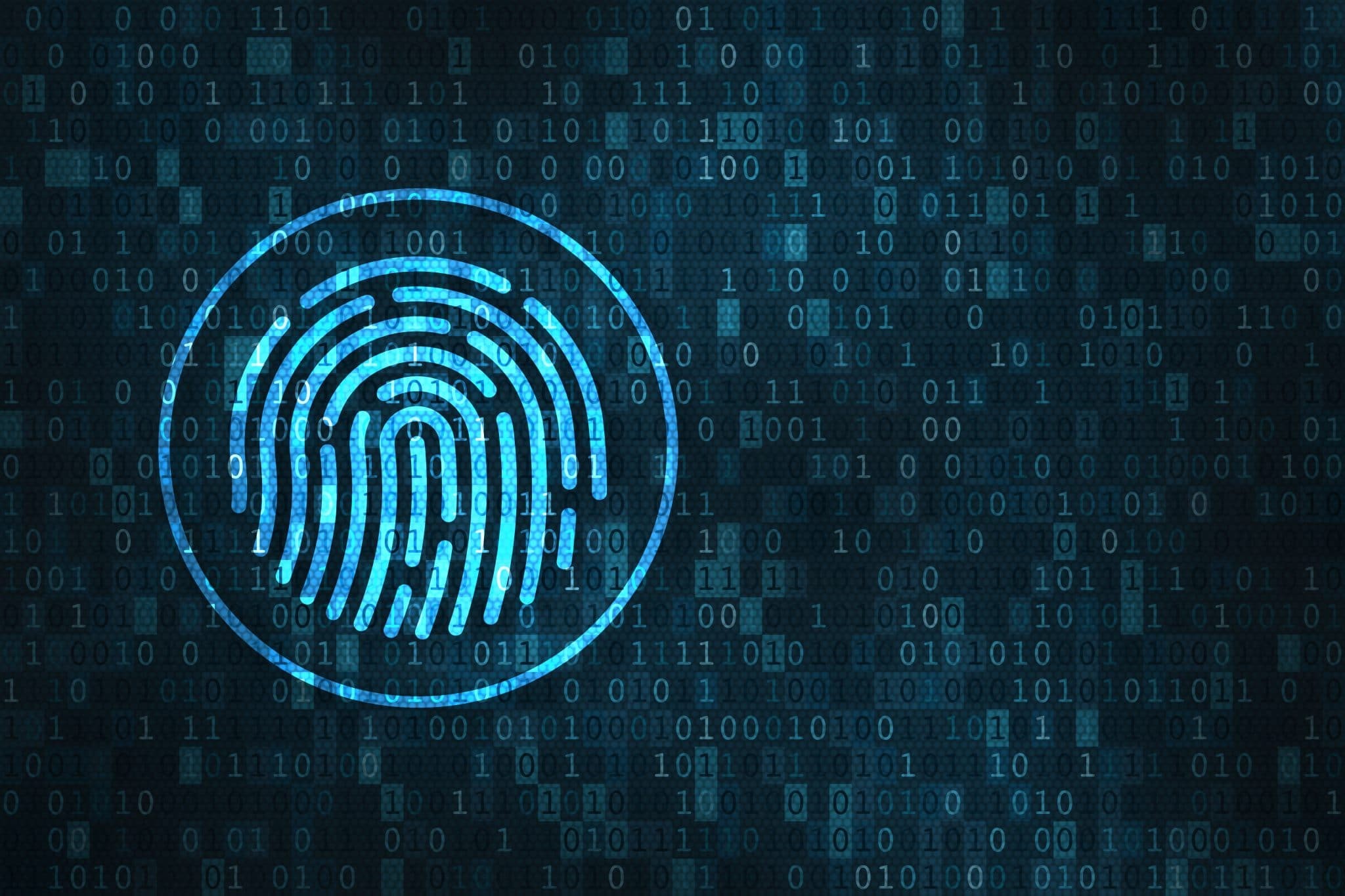The digital world demands more than what traditional identity management can deliver. While centralized models do work, they are woefully lacking in responding to new requirements of security, scalability, and privacy demanded of modern digital environments. Welcome “Distributed Identities”, a new term that reimagines how identities are managed through network segmentation principles, zero trust, and dynamic user access control.
Introducing Distributed Identities
At its core, distributed identities replace centralized identity management with a much more decentralized approach to security. This model is designed to reduce risk by keeping access to sensitive information isolated while ensuring that application systems or users on a network only interact with the data and systems they actually need.
It draws heavily from advanced networking techniques like segmentation. Instead of treating identity as one single, monolithic construct, distributed identities break it into smaller, manageable zones. These zones are tightly controlled; access is granted dynamically based on context and need. This transforms identity management into a more secure, flexible, and adaptable system.
How It Works
The three foundations on which Distributed Identities are based are as follows:
- Network Segmentation: It is a concept under which systems are segmented into isolated silos. Access control is well-defined by strict authentication and authorization policies that ensure sensitive systems are not exposed more than necessary.
- Dynamic User Access Control: Permissions are dynamic, constantly adapting in real-time, driven by variables like an app’s inter or third-party dependencies, user roles or geographical location. This approach provides better access granularity that defines what an application or user system is allowed to access, i.e. only the resources it needs and nothing more.
- Continuous Validation: Continuing access validation and revalidating it in case a factor changes, like a user moving from a usual location to a new location, or access removal to an application dependency that’s no longer needed results in seamless access revocation.
Why is it important?
Although not perfect, this new architecture mitigates many of the flaws found in traditional identity systems.
- Improved Security: Since resources are logically segmented and access is managed dynamically, the likelihood of lateral movements and insider threats is greatly reduced. If one segment is compromised, any damage would be contained to that zone.
- Greater Flexibility: The dynamic nature of access control means that organizations can adapt permissions as needs change, ensuring a perfect balance between security and functionality.
- Application/User-Centric Control: Applications/Users will only interact with the systems and data they need, reducing overexposure to sensitive information and simplifying compliance with privacy regulations.
The Future
Distributed identities is not just an evolution of current systems, but a new way of thinking how identity management should actually work. Their potential shines brightest in environments like the cloud, where systems are vast, dynamic, and interconnected. By integrating principles of segmentation and adaptive control, distributed identities is poised to become the backbone of secure digital interactions.
These ideas can easily be incorporated into more holistic cybersecurity architectures like Zero Trust Architecture (ZTA), where continuous verification and minimal trust are the guiding principles. This integration might very well redefine not just identity management but the whole security posture of digital ecosystems.
About the Author
Sina Ahmadi is a Cloud Platform Lead at ME Bank, one of Australia’s biggest online banks. He leads critical projects to enhance cloud platform security, including the development of a centralized architecture with advanced inspection capabilities for public traffic.
Sina also spearheaded efforts to improve the bank’s overall cloud security, leveraging his experience in AWS and Kubernetes to create a flexible and secure foundation for modern financial services that an online bank like ME provides. These efforts led to Sina receiving ME Bank’s “Keep ME Secure” prize in their annual security event.































